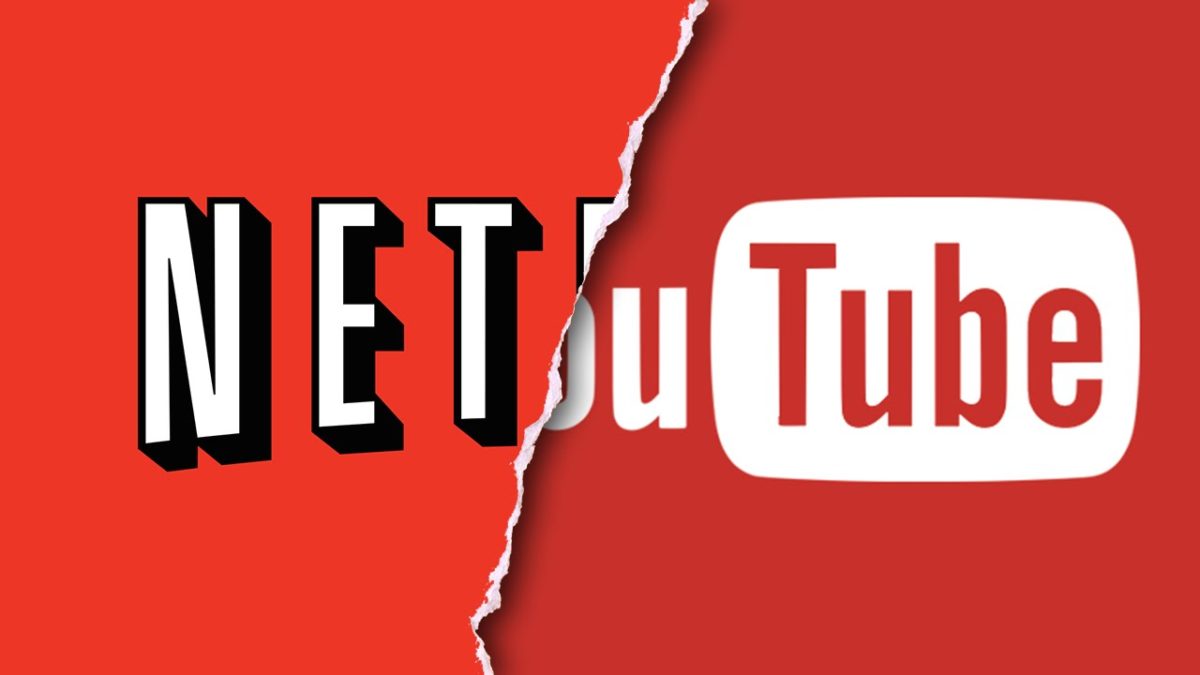“Platform-mediated networks include networks of customers—often called users—who wish to interact with each other, along with one or more intermediaries who provide a platform, encompassing infrastructure and rules to facilitate users’ interactions” (Eisenmann 2011).
These platforms are fundamentally different from traditional companies, because the owner is dependent on the amount of users active on his platform (network effect). An example is the fax machine. The first machine was totally worthless, until someone purchased a second machine. Now the owner of the first fax machine is able to send a message to another owner of the machine. Every new purchase of a fax machine increases the value of the existing machines and increases the customer’s willingness to pay.
In the digital entertainment industry Netflix and YouTube have revolutionized the industry and traditional television is taking a beating. In 10 years YouTube is the the 3rd most visited website, the 2nd most used search engine and 7 billion hours of video is watched per month. Netflix was founded in 1997 and started with selling DVD’s by mail. 10 years later they launched their online streaming business. In 2015, the number of paying Netflix subscribers worldwide was about 70 million.
Comparison between Netflix and YouTube
Remarkably enough YouTube didn’t make a profit in 2014 despite its 1 billion users, while Netflix on the contrary was able to make a profit of $122 million dollars with 93% less users. YouTube derives income from advertisements (of each euro, derived from advertisements, YouTube claims 45 cents from the uploader and is thus collecting money from the video creators, not the viewers, while Netflix derives their income from a $10 per month subscription from their viewers. Not surprisingly, YouTube is looking for ways to retrieve revenue from their viewers. YouTube launched Red, which is a paid streaming service whereby viewers can watch ad-free streaming. Furthermore, YouTube is developing series under the label red originals which are only available for Red members making YouTube a serious competitor for Netflix.
Predictions
We believe that the user created content and licensed content will complement each other, and will together steal traditional TV’s crown. Why?
- traditional television is outdated (platforms like Netflix and YouTube provide an “all you can eat” access to their content,
- long tail (traditional TV only has limited time to show movies or other programs, while Netflix and YouTube can provide as much content as they want for their users)
- businesses are moving their money to on demand: marketers are finally re-prioritizing their traditional advertising budgets and adding dollars to digital video. Spending on US digital video grew by 42% to $7,46 billion and this number is expected to grow to 13 billion in the year 2019. Almost 40% of this money is coming directly from the TV budgets.
So we think that the countdown has begun, so TV watch out!
Group: 50
Link to the video: https://www.youtube.com/watch?v=SXBqVj7Qsec



